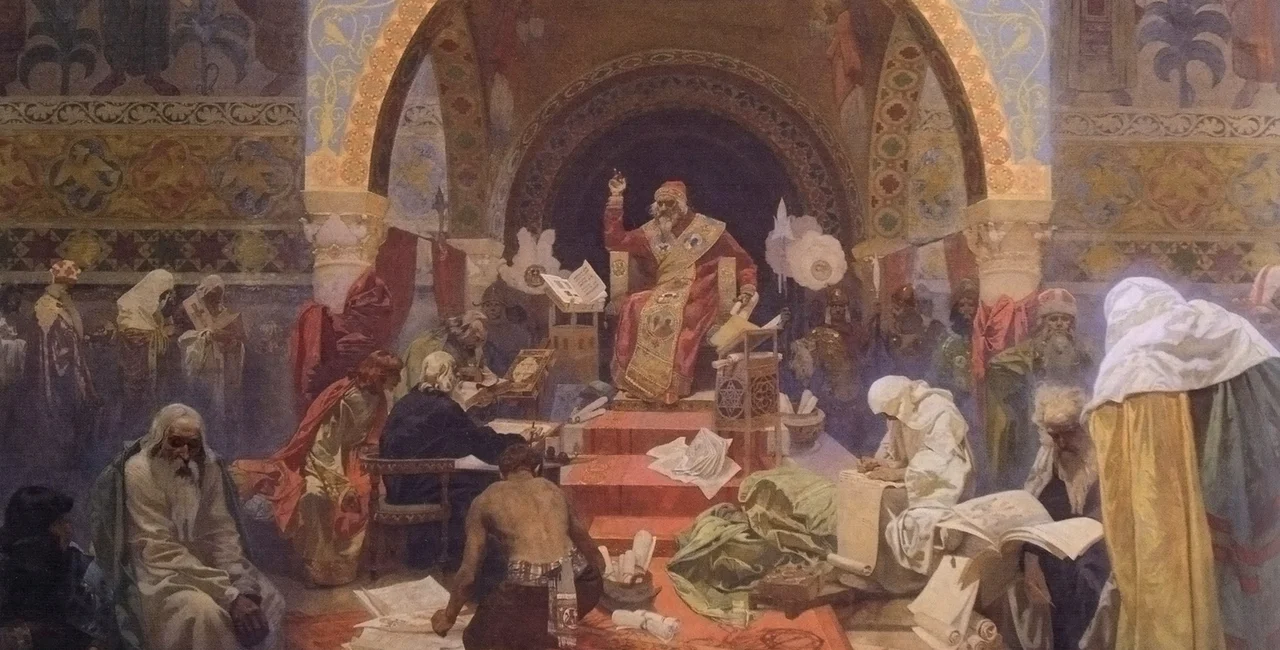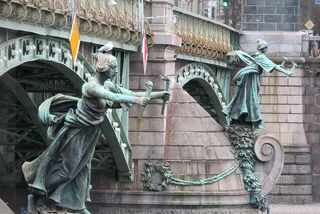The long saga over where Alfons Mucha’s Slav Epic will be displayed may have reached a definitive conclusion.
The City of Prague will be able to place the cycle of 20 large paintings in Savarin Palace, near Wenceslas Square, for 25 years with a five-year option. The ownership dispute with one of the artist's grandson, John Mucha, will end.
PARTNER ARTICLE
Prague City Hall and the Prague City Gallery (GHMP) signed a draft agreement yesterday with the company Welwyn, part of the Crestyl group, which is renovating Savarin Palace.
“We promised the people of Prague that we would take care of the Slav Epic. The agreement is another milestone on the horizon, marking the end of the litigation with John Mucha, which has been dragging on since 2016. This will also partly fulfill the original condition of Alfons Mucha. The Slav Epic will have its own space for 25 years, which will be designed to be suitable before the city builds its own exhibition pavilion,” City Councilor Hana Třeštíková, responsible for culture, said.
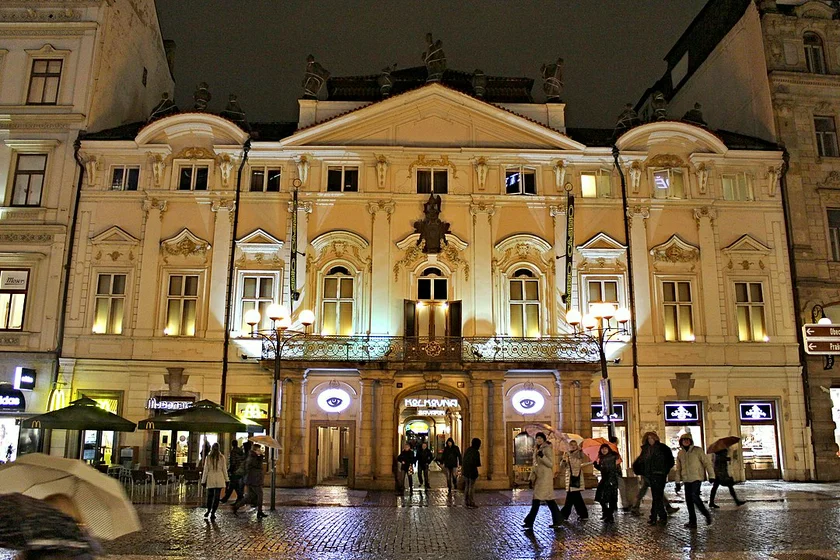
The epic consists of 20 large-scale paintings depicting Slav mythology and history. Art Nouveau artist Mucha began painting them between 1910, and ’28 years to finish. They were commissioned by arts patron Charles R. Crane and intended as a gift to the city. John Mucha maintains the gift was contingent on the city building a dedicated venue to display the cycle, which was never done. The lack of a suitable venue is the core of the dispute with Mucha’s grandson.
The draft deal calls for Welwyn to complete the construction of a permanent exposition space in four years from gaining a final decision on the renovation of the Savarin Palace in the city center. A zoning decision was issued in March 2020, but has not taken legal effect yet. The hall for the Slav Epic will be 23 meters wide and 60 meters long. Space for the Mucha family collection will be created at Savarin Palace.
If the agreement is signed in its current form, John Mucha will pledge to recognize Prague’s ownership rights to the paintings within 30 days of signing the agreement, and withdraw his lawsuits. Prague will pledge not to move the paintings anywhere except to separate exhibition rooms designed specifically for the epic.
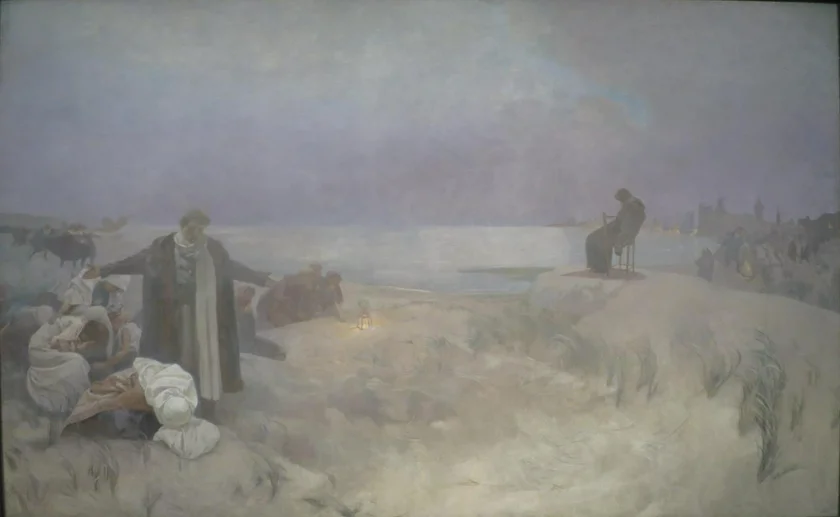
Prague Mayor Zdeněk Hřib said the agreement was a big step toward resolving the lawsuit. “I appreciate that we managed to find an agreement between the capital and Alfonso Mucha's grandson on the location of the Slavic Epic on the territory of our city. This exceptional cycle of paintings has traveled practically all over the world since its inception, so I am glad that we have now managed to ensure its return to sufficiently dignified premises in Prague, as the author himself wished,” Hřib said.
The lease for the space in Savarin Palace will be set at 25 years and the capital will have an option to extend for another five years. Prague will retain part of the proceeds from the sale of tickets and other activities to cover the costs of operating the exhibition. The balance will then be divided between the Prague City Gallery and the Mucha Foundation. Welwyn will cover the costs of building the exhibition space.
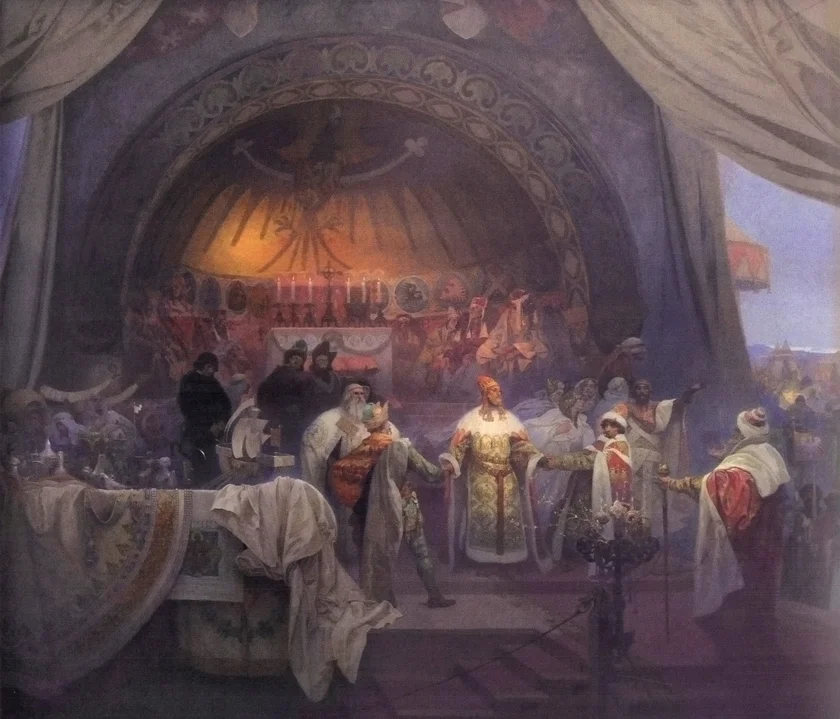
Since last year, the 20 paintings have been on loan to Moravský Krumlov, South Moravia, for five years. A previous ownership dispute between Prague and Moravský Krumlov was settled in 2012. Since that time, Prague has been looking for a suitable permanent location.
The first 11 paintings of the Slav Epic were put on display in Prague's Klementinum in 1919 and in 1920-21, they were shown in New York and Chicago. The complete Slav Epic was displayed for the first time in Veletržní palác in 1928.
The canvases went into storage for safekeeping in 1938, as Mucha fell out of favor due to the politics of the time. They were displayed again at the chateau in Moravský Krumlov from 1963 to 2011. They were on display in Prague’s Veletržní palác from 2012 to ’16, and were seen temporarily in Japan in 2017. Some of the paintings were later shown in Prague's Obecní dům and in Brno, but not the entire cycle.












 Reading time: 3 minutes
Reading time: 3 minutes 